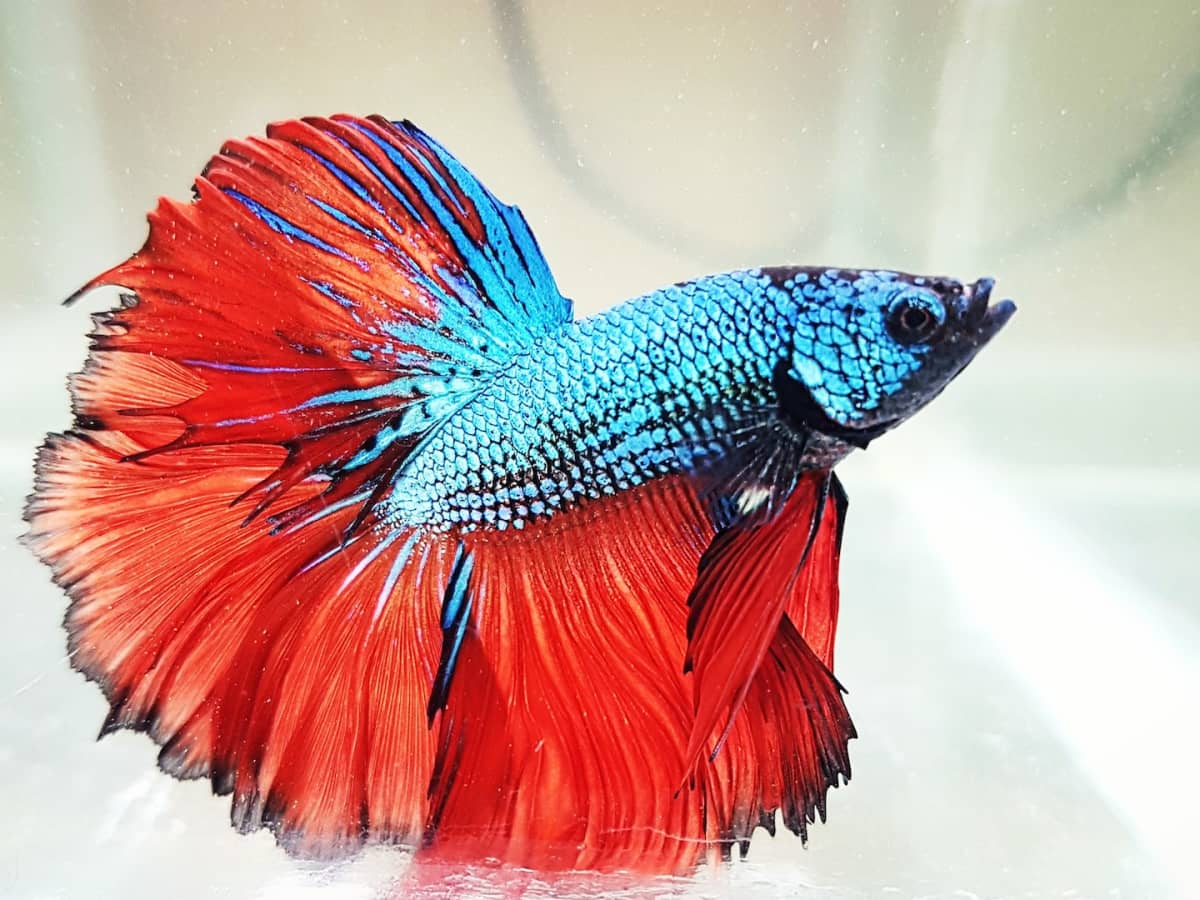Just How to Reproduce Betta Fish Efficiently: Specialist Strategies and Insights for Hobbyists Looking to Increase Their Betta Collection
Breeding Betta fish needs a nuanced understanding of genetics and ecological conditions, making it essential for hobbyists to approach the process with both diligence and care. Developing an optimal breeding environment, selecting the ideal sets, and observing the complexities of their courtship actions are foundational actions that can significantly influence the end result. The subsequent treatment of the fry is essential for guaranteeing their healthy growth. As we check out these key components, it becomes clear that successful reproduction is not almost the first pairing however includes a broader strategy that benefits mindful consideration.
Comprehending Betta Fish Genetics
Understanding the genetics of Betta fish is essential for effective reproduction, as it affects traits such as color, fin form, and habits. Betta fish display a varied array of shades and patterns, largely determined by their genetic make-up.
In enhancement to pigmentation, fin morphology is an additional substantial aspect of Betta genes (betta fish). The sizes and shape of fins are affected by various genetics, including those that identify whether the fins are short, long, or veil-shaped. Understanding these hereditary variations helps breeders predict the phenotypic outcomes of their spawn
Moreover, behavioral traits such as aggression and territoriality can likewise be affected by genetics. These behaviors play an important function in the breeding process, as they can influence generating success and the overall character of the resulting fry. By thoroughly comprehending these genetic concepts, breeders can make enlightened choices, inevitably improving their reproduction programs and accomplishing desirable outcomes.
Preparing the Breeding Atmosphere
Developing an optimal breeding atmosphere is important for the effective reproduction of Betta fish. The very first step in preparing this environment is to select a proper breeding tank, ideally varying from 5 to 10 gallons.
Next, take into consideration making use of a sponge filter or an air stone to offer gentle water circulation without developing strong currents that can worry the fish. It is important to install plants or reproducing cones to provide concealing places and advertise convenience for the woman during the spawning procedure. Drifting plants, such as Java moss or water sprite, can also produce a much more natural surroundings while helping with bubble nest structure by the man.
Before introducing the breeding pairs, guarantee the water is conditioned and totally free from dangerous chemicals, such as chlorine or hefty steels. betta fish. Normal water adjustments should be conducted to preserve optimal water top quality, enhancing the opportunities of successful reproduction. With these preparations in position, the breeding environment will sustain the health and wellness and well-being of both Betta fish
Picking Reproduction Pairs
Choosing the appropriate breeding sets is vital for achieving successful Betta fish reproduction. When choosing your reproduction sets, consider several essential factors including health, temperament, and genes. Healthy and balanced Betta fish exhibit lively shades, clear eyes, and energetic behavior. Selecting fish that are devoid of illness ensures a better chance of producing sensible spawn.
Personality is another important factor to consider, as Betta fish are understood for their hostile nature. It is advisable to pick a man and lady that display suitable characters to lessen anxiety during the breeding process. A tranquil man can motivate a smoother courtship, while a woman that is also hostile might interrupt the procedure.
Genetic history additionally plays a substantial duty in the high quality of the children. Reproducing fish that are genetically varied can reduce the danger of genetic health issues and boost the total vitality of the fry. It is beneficial to look into the family tree of both the man and female, concentrating on desirable characteristics such as fin kind, shade patterns, and size.
The Breeding Refine
The reference reproduction process of Betta fish requires cautious planning and attention to detail to make certain an effective end result. At first, it is crucial to prepare a suitable reproduction tank, ideally a 5-10 gallon aquarium with a temperature level preserved at 78-80 ° F. The container needs to be equipped with a heating unit, filter (ideally sponge type to prevent strong currents), and a lot of water plants for the woman to hide.
Once the setting is set, present the picked reproducing pair to the container, permitting them to accommodate. Observe their actions; the man will certainly show intricate courtship routines, consisting of flaring his fins and building a bubble nest. If the woman reveals rate of interest, she will present upright stripes indicating readiness for spawning.
When the woman is responsive, the set will certainly engage in a breeding welcome, throughout which the male feeds the eggs. Keeping ideal water problems during this duration is crucial for the advancement of healthy and balanced Betta fry.
Taking Care Of Betta Fry

Feeding Betta fry is vital, as they need a diet high in healthy protein. They can be fed infusoria or liquid fry food, transitioning to finely crushed high-grade pellets as they grow. Feed tiny parts multiple times a day to urge healthy development without overwhelming the tank with uneaten food.

As they develop, monitor their development carefully and separate any kind of aggressive individuals to avoid injury. By supplying a nurturing atmosphere and proper nutrition, hobbyists can effectively elevate Betta fry into vivid, healthy fish, ultimately improving their reproduction endeavors.
Final Thought
Effective Betta fish reproduction calls for careful interest to hereditary selection, environmental conditions, and care for the fry. By recognizing the genes of Betta fish and preparing a suitable breeding setting, enthusiasts can enhance the chances of generating lively, healthy spawn.